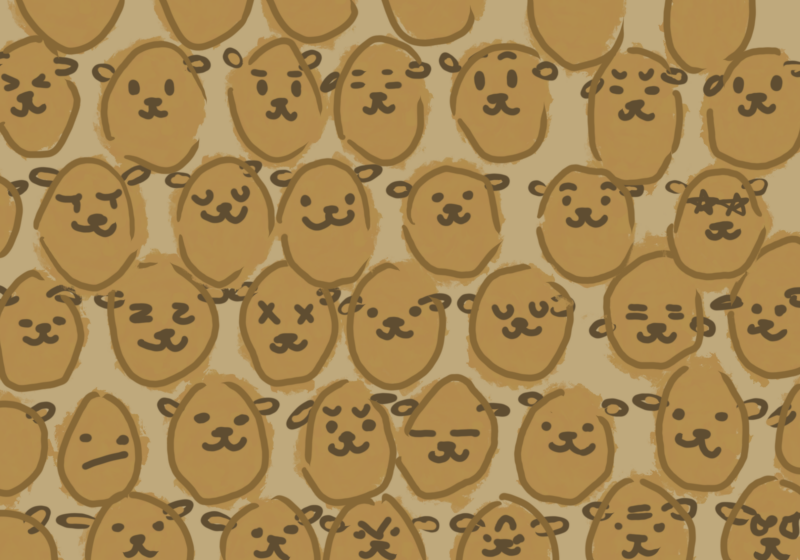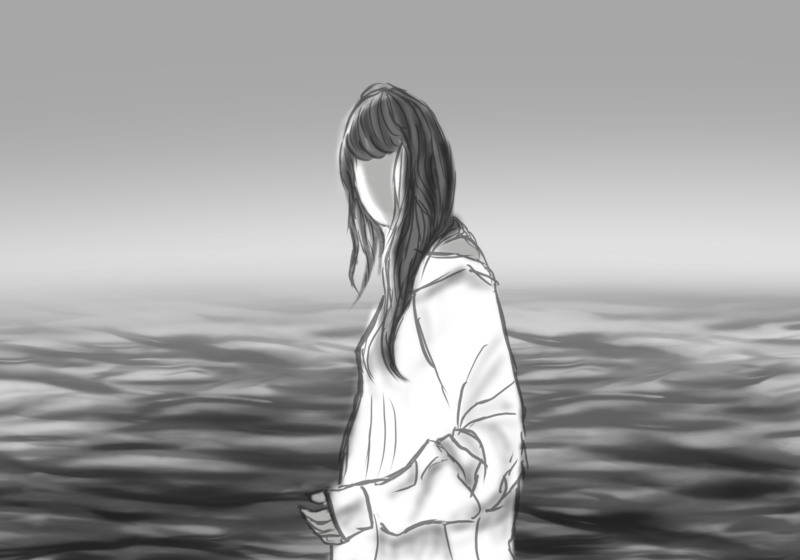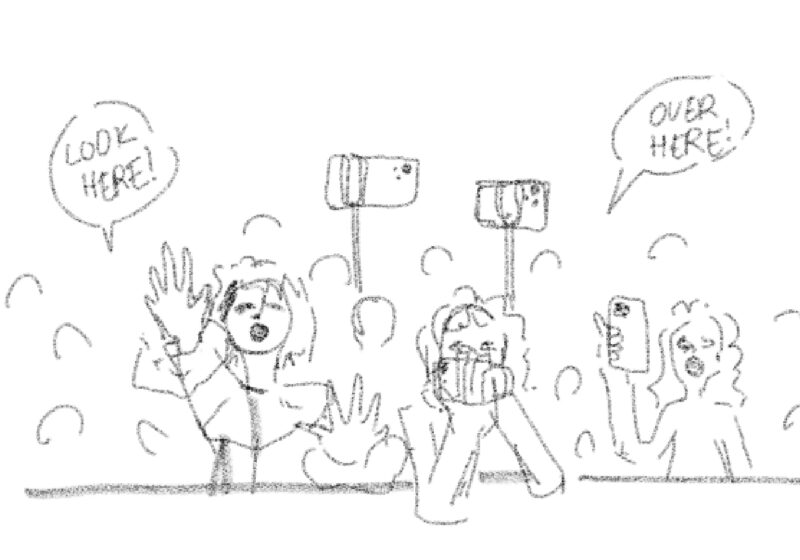Given the Susan B. Anthony Center’s upcoming campus event called “Unpacking the Culture Surrounding ‘Fifty Shades of Grey,’” I want to start a conversation surrounding one question: does Fifty Shades of Grey (FSOG) reinforce male domination or speak to female sexual liberation?
I would argue that sexual liberation can only come from a place that transcends the parameters of our male-dominated society and traditional gender ideology.
FSOG fails to meet this criterion on every level. Let me start by explaining the mass consumption of this novel over other erotic literature.
The philosopher Dianne Van Reenen argues that, in the apparent radical nature of the sexual plot, E.L. James dupes her audience by making it seem that she is presenting something taboo, titillating our inherent desire for the forbidden, while she is actually just playing up tropes we have come to identify with. James places the reader in the sphere of the forbidden and the possible, mystifying us into feeling that this relationship is a form of socially realizable liberation (as third-wave feminists argue), when in actuality it is making female subordination more concrete.
This notion of forbidden sex (communicated through the locked red room, instruments of torture, and Christian’s mysterious, furtive glances) provokes the reader’s inherent intrigue and sets it up as desirable. The reader is titillated by something seemingly taboo, meanwhile engaging with characters and a plot she has seen many times before. Anastasia and Christian are literary archetypes, and their romance (minus the sex) is not too unusual. As Van Reenen points out, it’s a classic case of “Boy meets girl. Boy loses girl. Boy gets girl back.”
This familiarity is a double-edged sword, as per usual.
Yes, Ana and Christian play along the cliché narrative of romance, but their manifestations of the “ideal” man and woman amplify the reader’s consciousness of what she lacks in comparison. The thought process would go something like, “Oh, that seems fun, but I’ll never get that because I don’t look like him or her.”
Ana is a white, slender, beautiful, introverted, intelligent, middle-class woman with no baggage, aka the hegemonic representation of femininity. Christian is a young, white, handsome, fully-employed, educated, wealthy man (with baggage, but that’s okay, because he is the archetypal Broken Male and needs to be rescued by a woman’s virtue).
Only these characters of ideal femininity and masculinity can achieve the forbidden desire. Contrary to claims that the book offers a new discourse on sexual relations for women, it instead taps into a previous one, outwardly making it more relatable, but inwardly excluding those (i.e. almost everyone) who don’t fit the mold.
James makes gender essential to the book’s plot by juxtaposing the leads: Ana is emotional, while Christian is rational. Ana studies literature; Christian runs a finance corporation. Ana is erratic, while Christian is calculating. Ana is a virgin; Christian is experienced. I could go on.
Through this juxtaposition, James contributes to the oversimplified notion that gender differences are unchanging, essential qualities of males and females. Each new instance of juxtaposition serves to build up Christian and demean Anastasia so that by the time he is flogging her bare behind, the readers have already categorized him within the top-tier of social worth, thus sanctioning his power to control and injure.
In response to those third-wave feminists who see any alternative discourse on sex as good discourse, I make the argument that sexual liberation would require women to imagine a new form of sexual interaction outside of the firm parameters of what is “desirable” to cis, white males.
The linguists Deborah Cameron and Don Kulick call this the “social semiotic of desire,” meaning that we cannot separate a social category from its history. Our imaginative tastes for what is sexy, beautiful, fun, and empowering have been constructed and contained by cis-white-male discourse.
The image of the bound, beautiful, skinny, white, naked woman bending over to the white male’s sexual aggression is too embedded in the gendered ideology of female subjection for claims of liberation to carry any actual power, and sexual liberation cannot be found within the pages of “Fifty Shades of Grey.”





